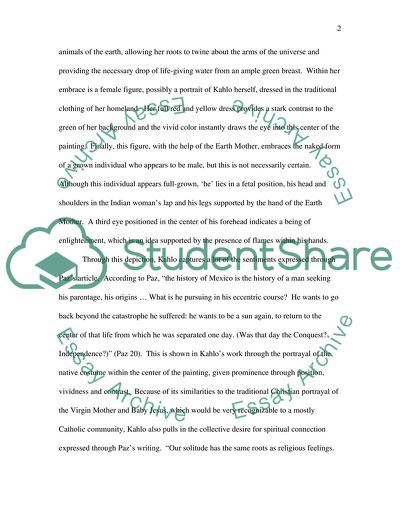Cite this document
(“The Love Embrace of the Universe Article Example | Topics and Well Written Essays - 1250 words”, n.d.)
The Love Embrace of the Universe Article Example | Topics and Well Written Essays - 1250 words. Retrieved from https://studentshare.org/visual-arts-film-studies/1547433-octavio-paz-painter-essay-evaluation
The Love Embrace of the Universe Article Example | Topics and Well Written Essays - 1250 words. Retrieved from https://studentshare.org/visual-arts-film-studies/1547433-octavio-paz-painter-essay-evaluation
(The Love Embrace of the Universe Article Example | Topics and Well Written Essays - 1250 Words)
The Love Embrace of the Universe Article Example | Topics and Well Written Essays - 1250 Words. https://studentshare.org/visual-arts-film-studies/1547433-octavio-paz-painter-essay-evaluation.
The Love Embrace of the Universe Article Example | Topics and Well Written Essays - 1250 Words. https://studentshare.org/visual-arts-film-studies/1547433-octavio-paz-painter-essay-evaluation.
“The Love Embrace of the Universe Article Example | Topics and Well Written Essays - 1250 Words”, n.d. https://studentshare.org/visual-arts-film-studies/1547433-octavio-paz-painter-essay-evaluation.


